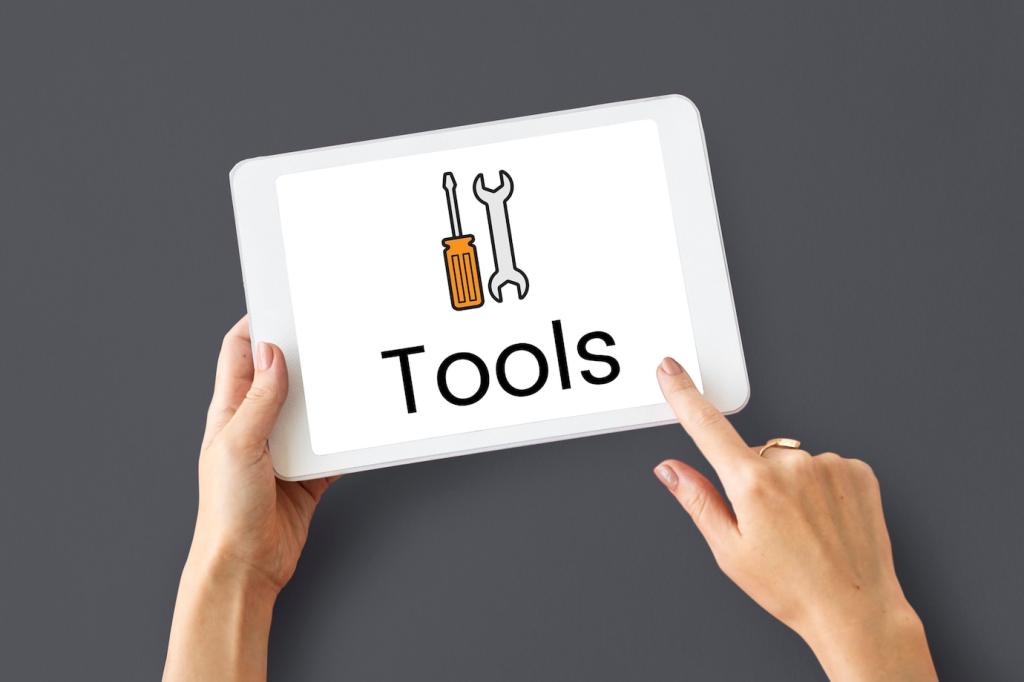Ecosystem, Libraries, And Learning Curve
NuGet offers bindings, UI components, and utilities that shorten development. Still, vet dependencies carefully for maintenance, licensing, and platform support to avoid painful rewrites when OS updates land unexpectedly.
Ecosystem, Libraries, And Learning Curve
Official docs, sample apps, and community blogs cover most scenarios. Real value comes from patterns, postmortems, and battle-tested snippets shared by practitioners. Share resources you trust to help newcomers start strong.







